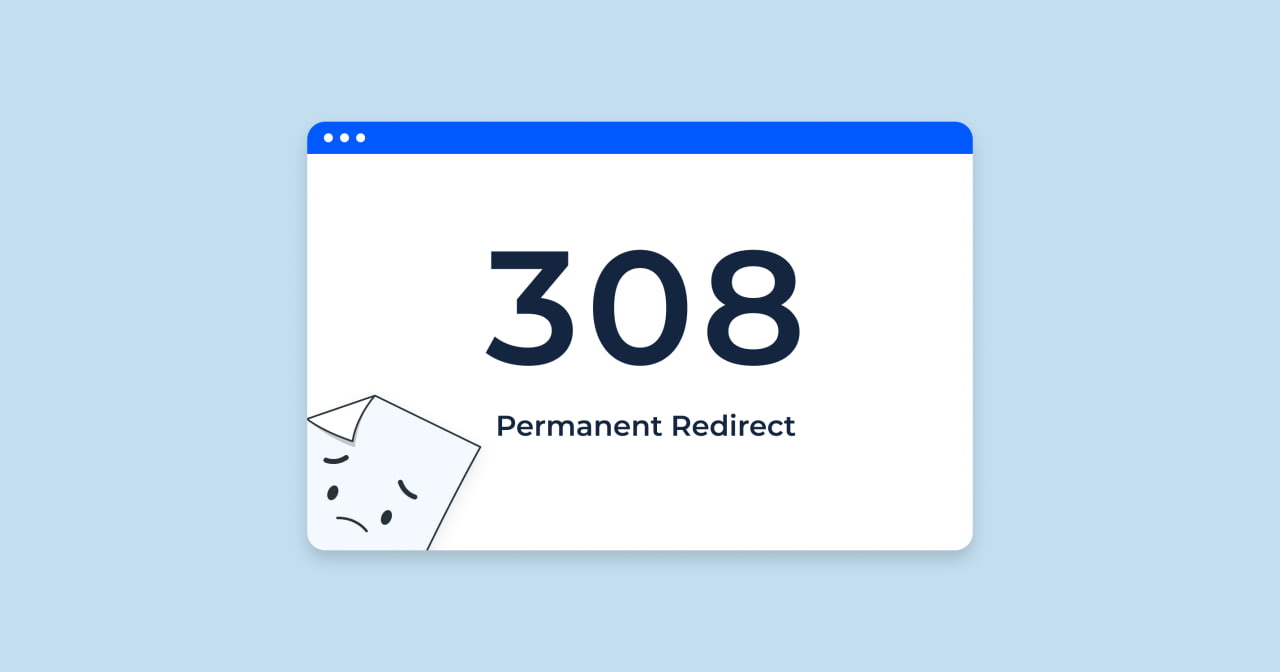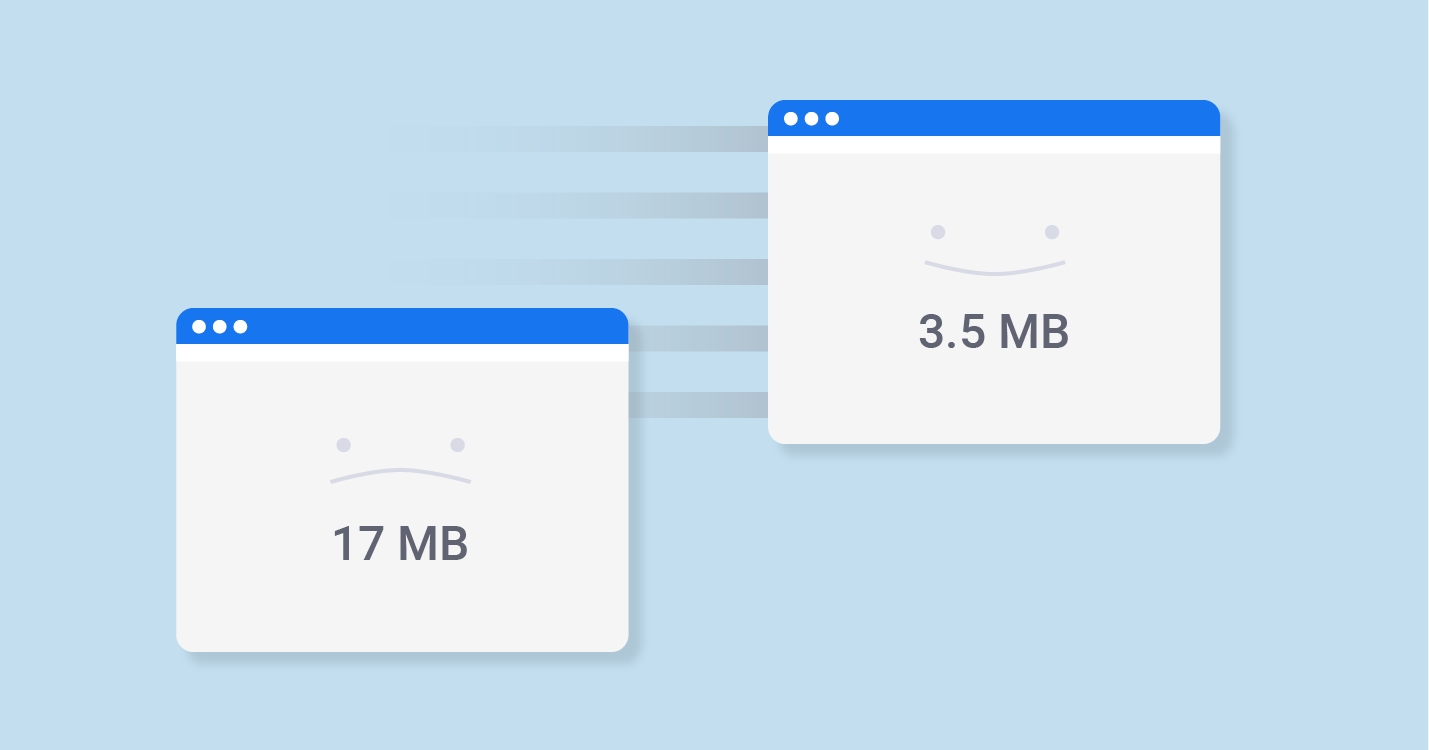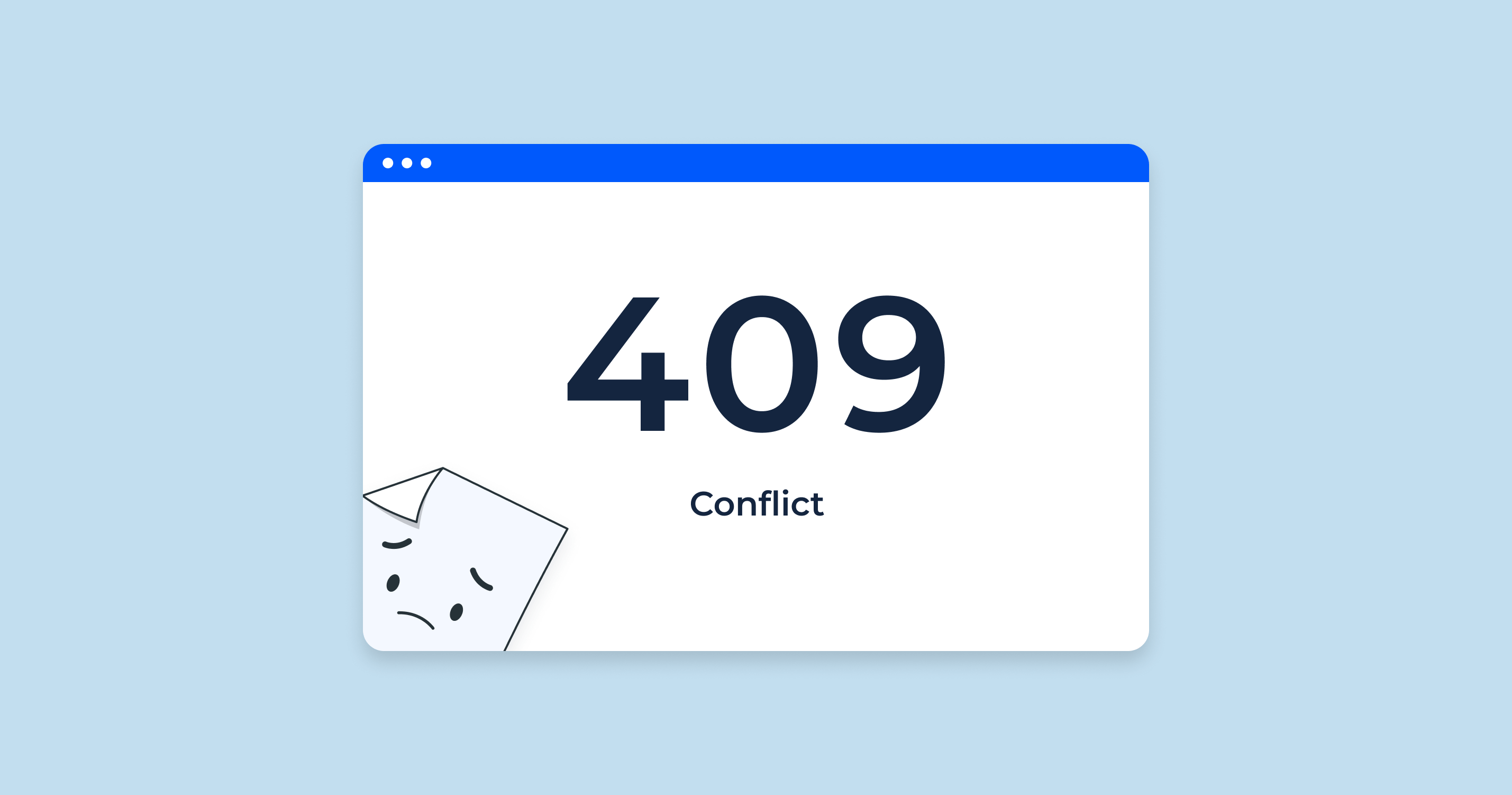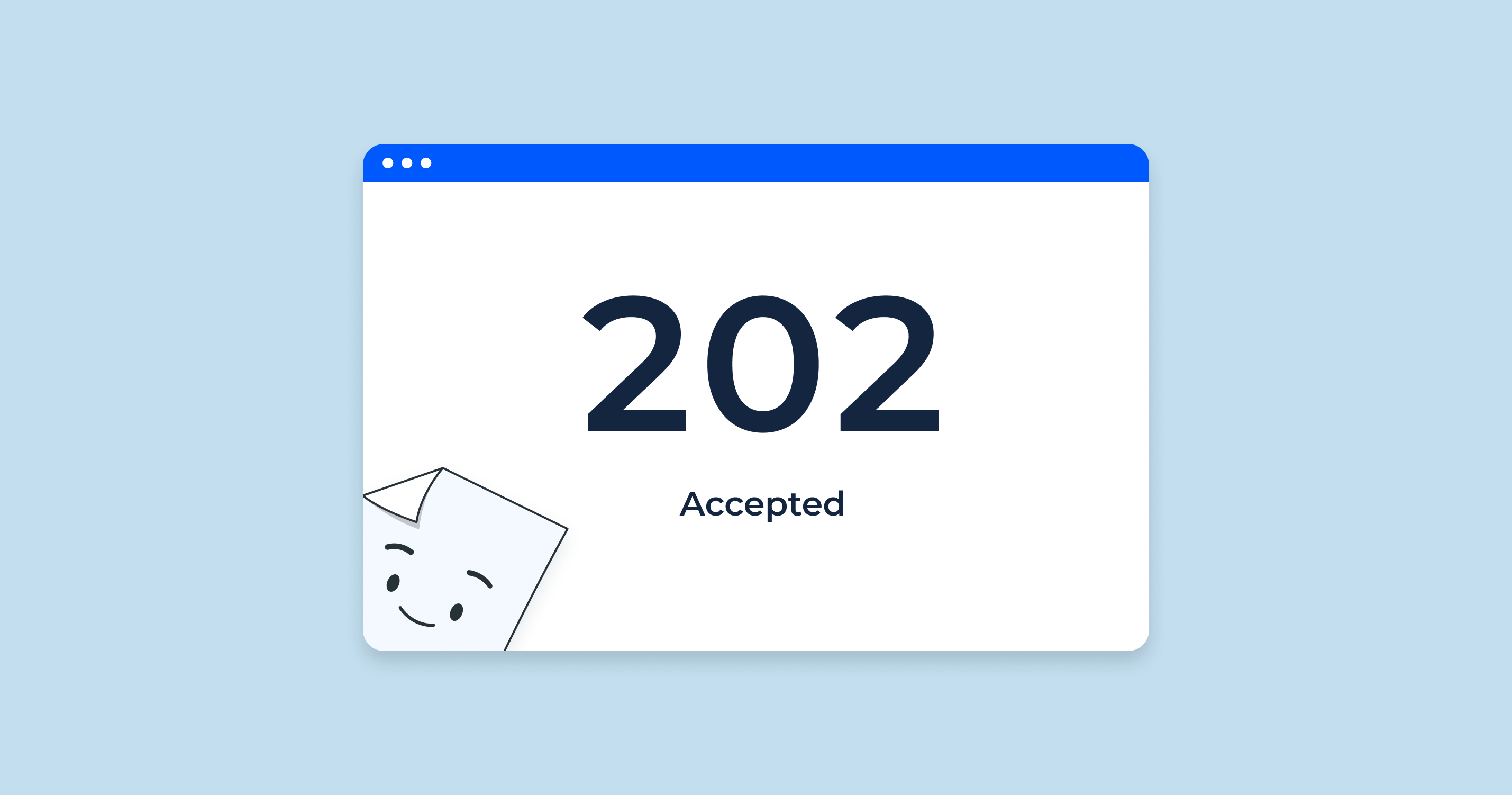What is a 308 Status Code?
The 308 “Permanent Redirect”(3xx redirects) status code is not one of the original HTTP/1.x status codes, but it’s defined in RFC 7538, which is part of the HTTP extensions.
When a server returns this status code, it indicates that the target resource has been assigned a new permanent URI, and any future references to this resource should use one of the returned URIs.
It’s somewhat similar to a 301 “Moved Permanently” in its intention, but with an essential difference concerning the HTTP method used:
- For a 301 “Moved Permanently”: When a GET or HEAD request initiates a redirection, the user agent (like a web browser) can change the HTTP method from POST to GET for the subsequent request. This behavior can cause issues if a POST request intended to make a change is redirected and the user agent switches to a GET request, potentially losing the data sent in the POST.
- For a 308 “Permanent Redirect”: The user agent must not change the HTTP method used. If a POST was used in the first request, a POST must be used in the redirected request.
This makes 308 a safer choice in certain scenarios where the HTTP method and body must be preserved across the redirect.
308 Status Code SEO Implications
The 308 status code has specific implications for search engine optimization (SEO). When implementing any type of redirect, it’s crucial to understand the potential impacts on search performance and rankings. Here are the primary SEO implications of using a 308 status code”:
| Link Equity Transfer | Just like the 301 Moved Permanently, a 308 “Permanent Redirect” should pass almost all link equity (sometimes referred to as “link juice“) from the source URL to the target URL. This is important for maintaining the search ranking power of the original URL. |
| Indexation | Search engines should eventually replace the old URL with the new one in their indices. Over time, as the search engines crawl and recognize the 308 code, the old URL should drop out of the index, and the new URL should appear in its place. |
| Preservation of HTTP Method | The unique feature of the 308 compared to 301 is that the HTTP method (GET, POST, etc.) remains unchanged during the rerouting. While this is more of a technical aspect than an SEO one, it can have indirect SEO implications. For example, if a form submission (using POST) on a site is redirected improperly with a 301, it might change to a GET request, leading to errors or unexpected behaviors that can negatively affect the user experience. Poor user experience can, over time, impact SEO. |
| Crawling and Caching | Because the 308 indicates a “Permanent Redirect”, search engines will treat it as a long-term change. This means that once they recognize the redirect, they’ll adjust their crawling accordingly and will also update their cached version of the page. |
| Implementation Cautions | While the 308 can be beneficial in specific scenarios, it’s not as widely recognized or used as the 301. Ensure that all user agents, including all search engine crawlers, properly handle this status code. Before fully implementing it, you might want to test with a few URLs to ensure there aren’t any unexpected behaviors. |
| Monitoring | As with any major change on a website, it’s essential to monitor the site’s performance and search engine ranking after implementing changes. Use tools like Google Search Console to track the indexing status of redirected URLs and to check for any crawl errors. |
In conclusion, when used correctly, a 308 status code can effectively manage site changes without losing SEO value. However, it’s vital to use it in the right context and monitor its impact, just as with any other type of redirect.
What Does Google Say About 308 Redirects?
Both the 301 and 308 status codes have their merits, but the best choice largely depends on the specific use case. In general, if you don’t have a specific need to preserve the HTTP method, a 301 is likely the safer and more commonly accepted option. However, if method preservation is essential, then the 308 comes into its own.
Google treats the 308 status code similarly to other permanent redirects like the 301 “Moved Permanently” in terms of search behavior. This means that Google will typically pass link equity (or “link juice”) from the initial URL to the target URL and, over time, will replace the old URL with the new one in its index.
308 Status Code Common Issues and How to Fix Them
When managing a website, encountering various HTTP status codes is inevitable. Among them, the 308 code serves a specific purpose in ensuring users and search engines are directed to a new, permanent URL without changing the HTTP method. However, like all technology implementations, it’s not immune to hiccups.
Navigating potential issues and knowing how to troubleshoot them is crucial for maintaining a smooth user experience. In this guide, we’ll explore common challenges related to the 308 status code and provide actionable steps to resolve them.
Looping Redirects
The 308 status code could inadvertently cause a loop if the source URL directs back to itself or if there’s a chain of redirects that leads back to the original URL.
Incomplete Redirect Chains
Sometimes, a URL might go through multiple steps before reaching its final destination (e.g., URL A redirects to URL B, which then leads to URL C). These chains can slow down the user experience and might not pass full link equity.
Incorrect or Missing Content on Target URL
After implementing the 308 status code, the content on the new URL might differ from the original, leading to user confusion or a decline in search rankings.
Search Engines Not Recognizing the Redirect
In some cases, search engines might not immediately recognize the 308 status code, causing the old URL to remain indexed.
Incompatibility with Certain Browsers or Bots
Some older browsers or bots might not handle the 308 code as expected.
Remember that after making any changes, it’s essential to clear any server or content delivery network (CDN) caches to ensure the latest configurations are in effect.
URL Redirect Checker Tool for Identifying HTTP 308 Status Codes
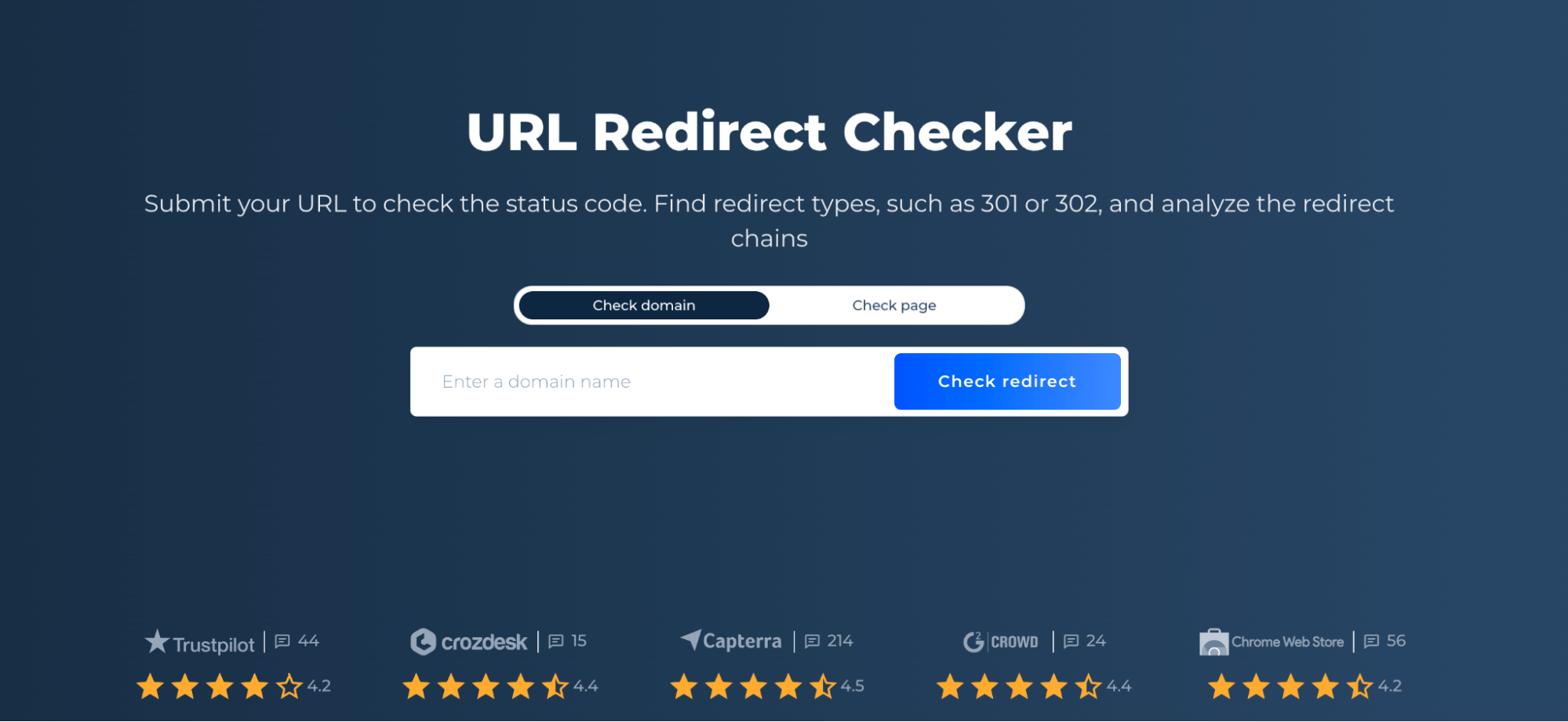
Sitechecker.pro’s Redirect Checker Tool is a versatile utility designed for webmasters and SEO professionals to keep a pulse on their website’s redirect behaviors. When it comes to identifying 308 Permanent Redirect status codes, this tool proves invaluable. By simply entering the desired URL, the tool provides a clear and concise overview of the entire rerouting chain, highlighting the specific HTTP status codes, including the elusive 308.
Moreover, in the dynamic world of website management, where URLs might shift or evolve, ensuring that redirects are set up correctly is paramount. Sitechecker.pro not only detects the presence of a 308 status but also offers insights into any potential issues, such as looping or chained redirects. This detailed analysis empowers users to pinpoint and rectify any misconfigurations or inefficiencies.
Lastly, beyond just the raw detection, the Redirect Checker Tool also serves an educational role. For those unfamiliar with the nuanced differences between various status codes, the tool provides context and explanations. Thus, when a 308 response is detected, users not only understand its presence but also its implications, ensuring that they can make informed decisions for their website’s optimization.
Conclusion
The 308 “Permanent Redirect” status code, while not one of the original HTTP/1.x codes, it holds significant importance, especially when preserving the HTTP method is paramount. Its implications for SEO are profound, ranging from link equity transfer to potential indexing challenges. Yet, like all web functionalities, it comes with its set of pitfalls, from looping redirects to incompatibilities with older browsers. However, tools like Sitechecker.pro’s Redirect Checker are valuable in ensuring these redirects are correctly implemented and understood. As the digital landscape evolves, understanding and harnessing the capabilities of the 308 redirect becomes essential for website managers and SEO professionals alike.
